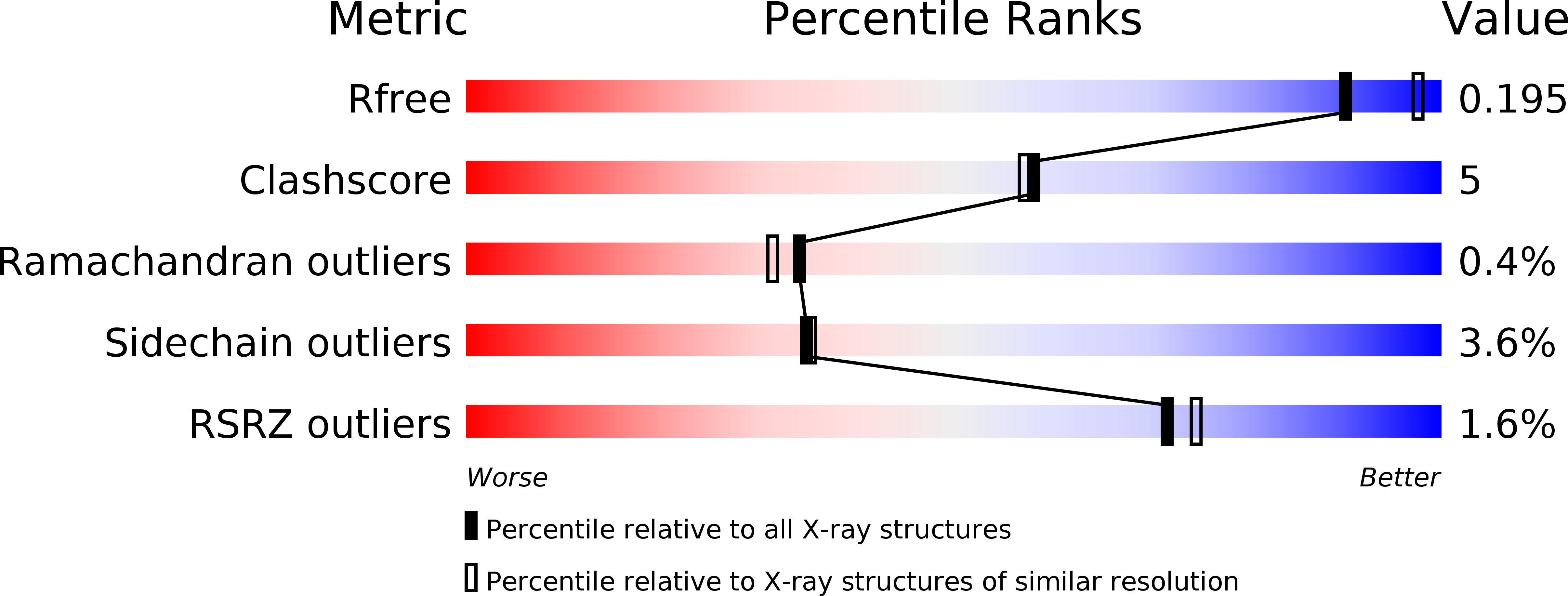
Deposition Date
2017-07-12
Release Date
2018-05-23
Last Version Date
2023-10-04
Method Details:
Experimental Method:
Resolution:
2.08 Å
R-Value Free:
0.20
R-Value Work:
0.16
R-Value Observed:
0.16
Space Group:
I 4 2 2


